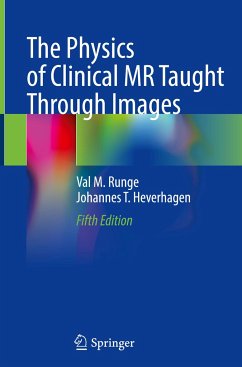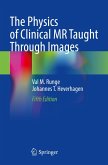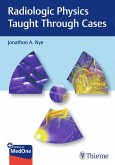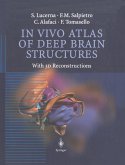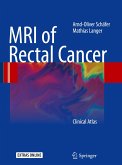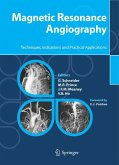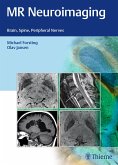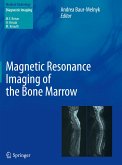The objective of this 5th edition of the book, as with the prior editions, is to teach through images a practical approach to magnetic resonance (MR) physics and image quality. Unlike other texts covering this topic, the focus is on clinical images rather than equations. A practical approach to MR physics is developed through images, emphasizing knowledge of fundamentals important to achieve high image quality. Pulse diagrams are also included, which many at first find difficult to understand. Readers are encouraged to glance at these as they go through the text. With time and repetition, as a reader progresses through the book, the value of these and the knowledge thus available will become evident (and the diagrams themselves easier to understand).
The text is organized into concise chapters, each discussing an important point relevant to clinical MR and illustrated largely with images from routine patient exams. The topics covered encompass the breadth of thefield, from imaging basics and pulse sequences to advanced topics including contrast-enhanced MR angiography, spectroscopy, perfusion and advanced parallel imaging/data sparsity techniques. Discussion of the latest hardware and software innovations, for example next generation low field MR, deep learning, MR-PET, 7 T, interventional MR, 4D flow, CAIPIRINHA, spiral techniques, radial acquisition, simultaneous multislice, compressed sensing and MR fingerprinting, is included because these topics are critical to current clinical practice as well as to future advances. Included in the fifth edition are a large number of new topics, keeping the text up to date in this increasingly complex field. The text has also been thoroughly revised to include additional relevant clinical images, to improve the clarity of descriptions, and to increase the depth of content.
The book is highly recommended for radiologists, physicists, and technologists interested in the background of image acquisition used in standard as well as specialized clinical settings.
Hinweis: Dieser Artikel kann nur an eine deutsche Lieferadresse ausgeliefert werden.
The text is organized into concise chapters, each discussing an important point relevant to clinical MR and illustrated largely with images from routine patient exams. The topics covered encompass the breadth of thefield, from imaging basics and pulse sequences to advanced topics including contrast-enhanced MR angiography, spectroscopy, perfusion and advanced parallel imaging/data sparsity techniques. Discussion of the latest hardware and software innovations, for example next generation low field MR, deep learning, MR-PET, 7 T, interventional MR, 4D flow, CAIPIRINHA, spiral techniques, radial acquisition, simultaneous multislice, compressed sensing and MR fingerprinting, is included because these topics are critical to current clinical practice as well as to future advances. Included in the fifth edition are a large number of new topics, keeping the text up to date in this increasingly complex field. The text has also been thoroughly revised to include additional relevant clinical images, to improve the clarity of descriptions, and to increase the depth of content.
The book is highly recommended for radiologists, physicists, and technologists interested in the background of image acquisition used in standard as well as specialized clinical settings.
Hinweis: Dieser Artikel kann nur an eine deutsche Lieferadresse ausgeliefert werden.
"The book remains a comprehensive text, with good quality image reproduction. With the addition of the new section the content is reasonably up to date. ... this book ... is a good reference book if you want to see clinical examples of a particular concept." (Martin Graves, RAD Magazine, September, 2023)

